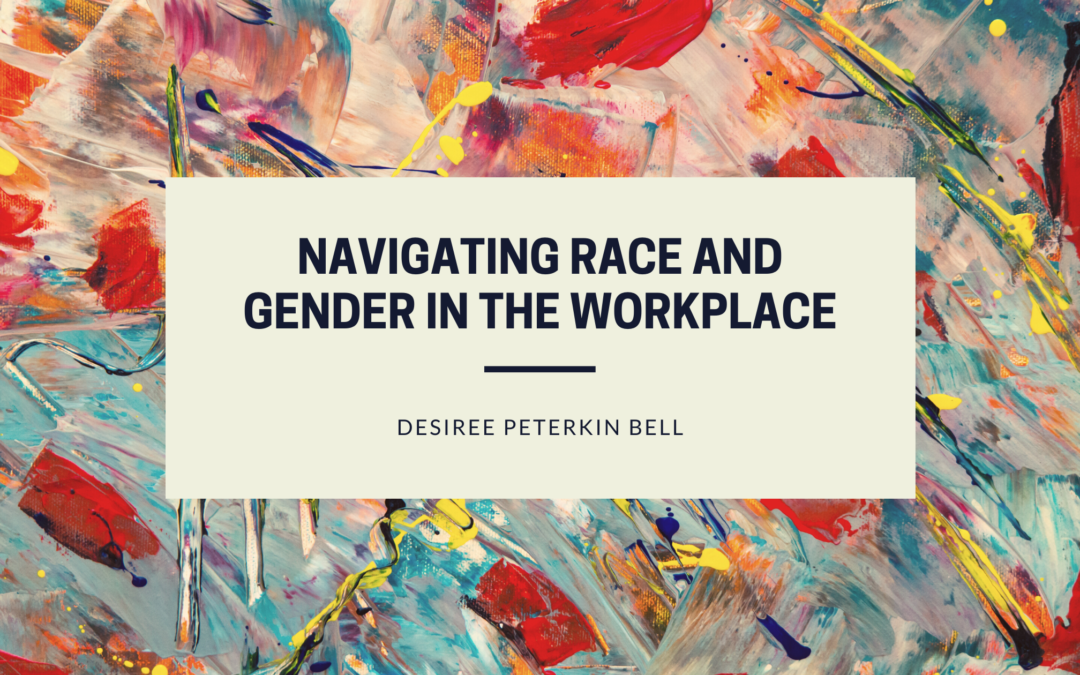“Fitting in” from the perspective of racial and gender minorities can be a daunting class for working professionals. The structure of the workplace – even down to the minutia of the setting – can be oppressive, regardless of how inclusive the employer attempts to be.
Black, indigenous, and LGBTQ+ workers are often marginalized in insidious ways that we will explore here. The struggle to fully integrate into a largely white, heteronormative workplace takes diligence on the part of minority employers and, on the part of the employers, calls for empathy and compassion.
Lack of Representation in Management
Not a single black woman is currently at the helm of a Fortune 500 company. Boardrooms of the largest, most successful corporations are overwhelmingly staffed by white, heterosexual men.
What researchers have discovered is that when black women, for example, report to a black female higher-up in their company, they report feeling more comfortable and confident than in instances in which their boss is a white man.
This translates to better performance – good news for both the worker and the company. Ideally, these findings would encourage businesses to prioritize staffing their leadership positions with more racial and gender minorities.
Building Social Capital
When marginalized voices are given room to breathe and speak, their successes tend to snowball, one after another. As a result, their position within the company improves as their co-workers and supervisors begin to notice and appreciate the unique insights that can only be offered by a fresh perspective.
This phenomenon of increasing recognition and deference is called “building social capital,” and it is an invaluable part of building professional acumen for gender and racial minorities.
‘Dimming the Light’
One of the most heartbreaking aspects of worklife for marginalized voices is the calls from co-workers and supervisors to “dim the light” – i.e., to silence themselves in order to appease their white, male co-workers and make them more comfortable with diversity in the office or work setting.
The result is that black women and other minorities tend to tamp down their expressive creativity, which ultimately sets professional development back as well as puts the company at a competitive disadvantage by drowning out valuable input from workers with unique perspectives.
It’s way past time to come to terms with how minority races and genders experience the workplace. Together, we can move forward to build a more inclusive workplace for all.
